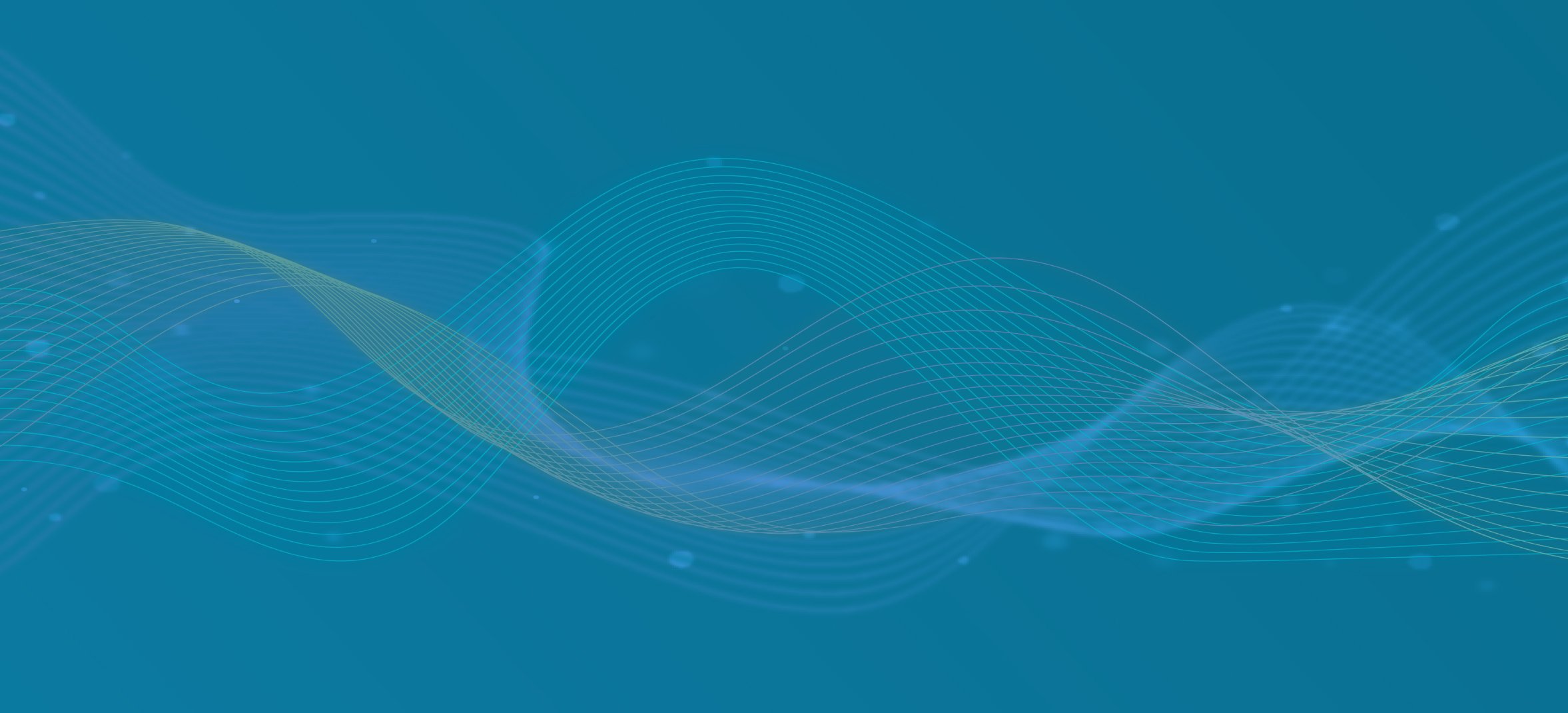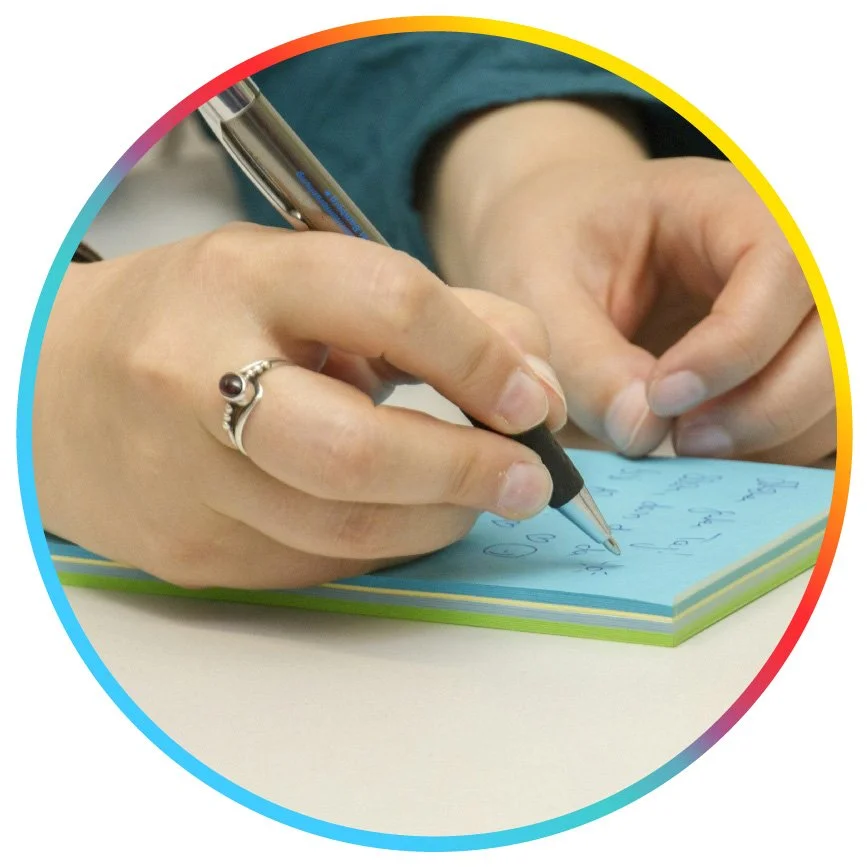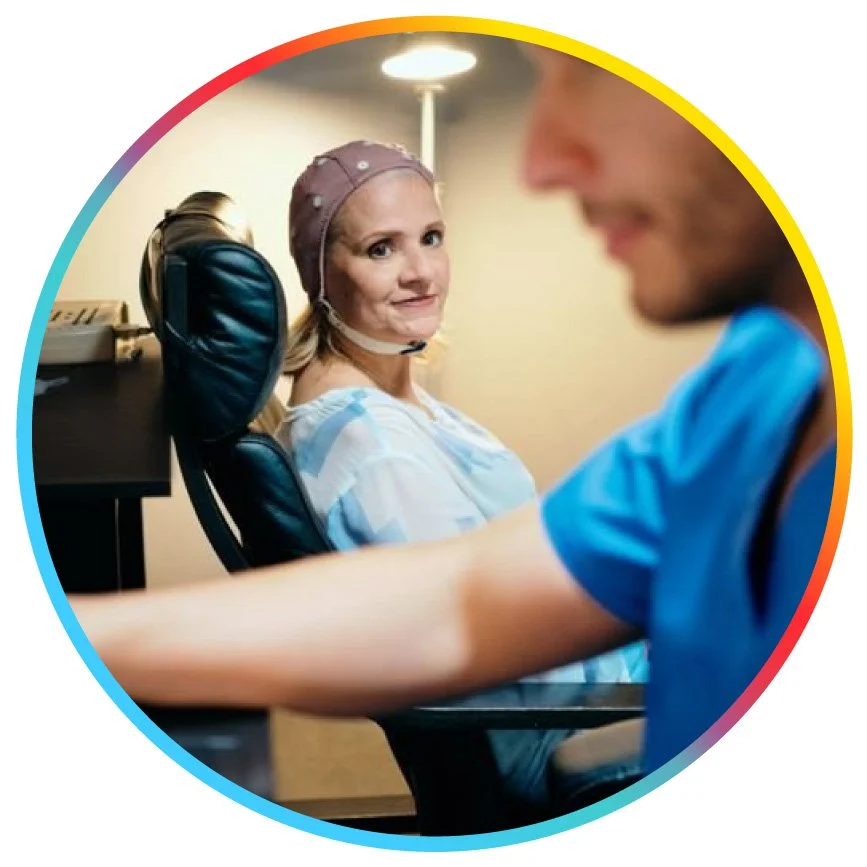
How Neurofeedback Works
Evidence-based Neurofeedback Therapy in the Dallas-Fort Worth Area
BRAINTOPIA Neurofeedback Centers presents a thorough and evidence-based strategy designed to address mental health challenges comprehensively. This approach takes into account every facet of an individual's life, encompassing biological, psychological, social, and spiritual influences.
Seeking a natural, drug-free approach to ADHD, anxiety, sleep problems, or children's behavioral issues?
Braintopia Neurofeedback Centers offer an effective, holistic approach tailored to your specific needs. We provide comprehensive care for children and adults. Contact us to learn how we can help.
We Start With Your Personal History
To help us learn more about your needs, we will make an initial appointment for you to meet with a licensed and certified BRAINTOPIA Neurofeedback Center associate to discuss several topics including your symptoms, life experiences, and goals. This confidential process allows us to have a full understanding of each client to create an individualized strategy unique to you.
QEEG Brain Mapping Scan
A QEEG (Quantitative Electroencephalogram) brain scan is a non-invasive and painless procedure that measures and analyzes the electrical activity of the brain. During the scan, electrodes are placed on the scalp to record brainwave patterns. These sensors are non-invasive and 100% pain-free because no electrical current is put into the brain. Patterns in the brain are then analyzed using specialized software to identify any irregularities or abnormalities in brain function.
By identifying these patterns, the QEEG brain scan serves as a roadmap for personalized treatment planning. It allows clinicians to develop targeted neurofeedback protocols tailored to address individual brain dysregulation and optimize brain function. It can help pinpoint specific areas of concern, such as areas affected by trauma, attention and focus, anxiousness, sadness, or other cognitive and emotional challenges.
What happens during a neurofeedback session?
During a neurofeedback session, the client sits comfortably in a chair while watching a movie or TV show of their choice. Small sensors are placed on the scalp to monitor brainwave activity in real-time. As the session progresses, the neurofeedback system detects patterns that may be linked to challenges with attention, focus, or emotional regulation. When the brain produces more balanced and optimal activity, the screen remains clear and plays smoothly. If unhelpful patterns emerge, the screen may dim or pause, gently encouraging the brain to self-correct. Over time, with repeated sessions, the brain learns to adopt healthier patterns, leading to improved focus, emotional balance, and cognitive function.
Schedule a Brain Map and Get Started Now
To initiate your path to improved mental well-being, simply reach out by calling or clicking to request an appointment. The experienced team at BRAINTOPIA Neurofeedback Centers will guide you through the initial steps, which may involve assessments such as QEEG brain scans to gain insights into your unique brainwave patterns.
Whether you're seeking support for yourself or a loved one with issues related to anxiousness, sleep disturbances, or other mental health concerns, BRAINTOPIA Neurofeedback Centers offers a comprehensive and evidence-based approach tailored to your individual needs. Call or click to request an appointment.

4 Steps for Neurofeedback Brain Training
Frequently Asked Questions About Neurofeedback and Biofeedback
-
Neurofeedback is a safe and effective approach utilized by BRAINTOPIA™ Neurofeedback Centers to address various mental and physical health concerns such as ADHD, attention and focus concerns, mental stress, negative moods, sleep issues, and memory loss. This type of solution employs biofeedback techniques to help individuals learn how to generate healthier patterns of neural functioning within their brains. By providing real-time information about brain activity, neurofeedback assists individuals in gaining greater control over their neural processes, ultimately leading to symptom reduction and improved overall well-being.
-
A QEEG (Quantitative Electroencephalogram), also known as a "brain map," is a report that provides detailed information about the electrical activity within the brain. It offers valuable insights into brain function and can aid in the assessment and remedy of various neurological conditions.
-
There are absolutely no side effects or pain associated with neurofeedback therapy. In fact, the Food and Drug Administration (FDA) acknowledges that neurofeedback has never produced a serious side effect since its discovery over 50 years ago.
-
BRAINTOPIA™ Neurofeedback Centers offers affordable neurofeedback services tailored to your needs. Neurofeedback provides a cost-effective, drug-free alternative to traditional counseling. We also provide various payment options and seasonal discounts.
-
While most insurance companies do not cover neurofeedback, we're committed to making our services accessible. We're happy to provide you with a superbill for submission to your insurance company. Additionally, we accept Health Savings Account (HSA) cards as well as credit cards for payment convenience.
-
Yes, neurofeedback can be used in conjunction with other forms of treatment, such as medication, talk therapy, and lifestyle modifications. Integrating these approaches can provide a comprehensive treatment plan that addresses both the physical and psychological aspects of health and well-being.
-
The number of sessions needed varies depending on the individual and the condition being treated. Some clients may experience improvement after just a few sessions, while others may require more extensive treatment. Our BRAINTOPIA™ Neurofeedback Brain Coaches can provide guidance on the recommended number of sessions based on the individual's needs and goals.
-
During a typical neurofeedback session, you'll be comfortably seated while sensors are attached to your scalp to measure your brainwave activity. These sensors are connected to a computer, which displays your brainwave patterns in real-time. Through visual and auditory feedback, you'll learn to regulate your brainwave activity, with the guidance of a trained therapist. Sessions typically last around 30 to 60 minutes, during which you'll engage in specific tasks designed to promote desired brainwave patterns and address your individual concerns.
-
Neurofeedback can be beneficial for individuals of all ages, from children to seniors. It's a versatile approach that can address a wide range of conditions and concerns across the lifespan. Children with attention and focus issues, teenagers struggling with depression, adults managing stress or sleep issues, and seniors seeking cognitive enhancement or pain relief can all benefit from neurofeedback. The techniques and protocols used may be adjusted to suit the developmental stage and specific needs of each individual, making neurofeedback a valuable option for people of all ages.










